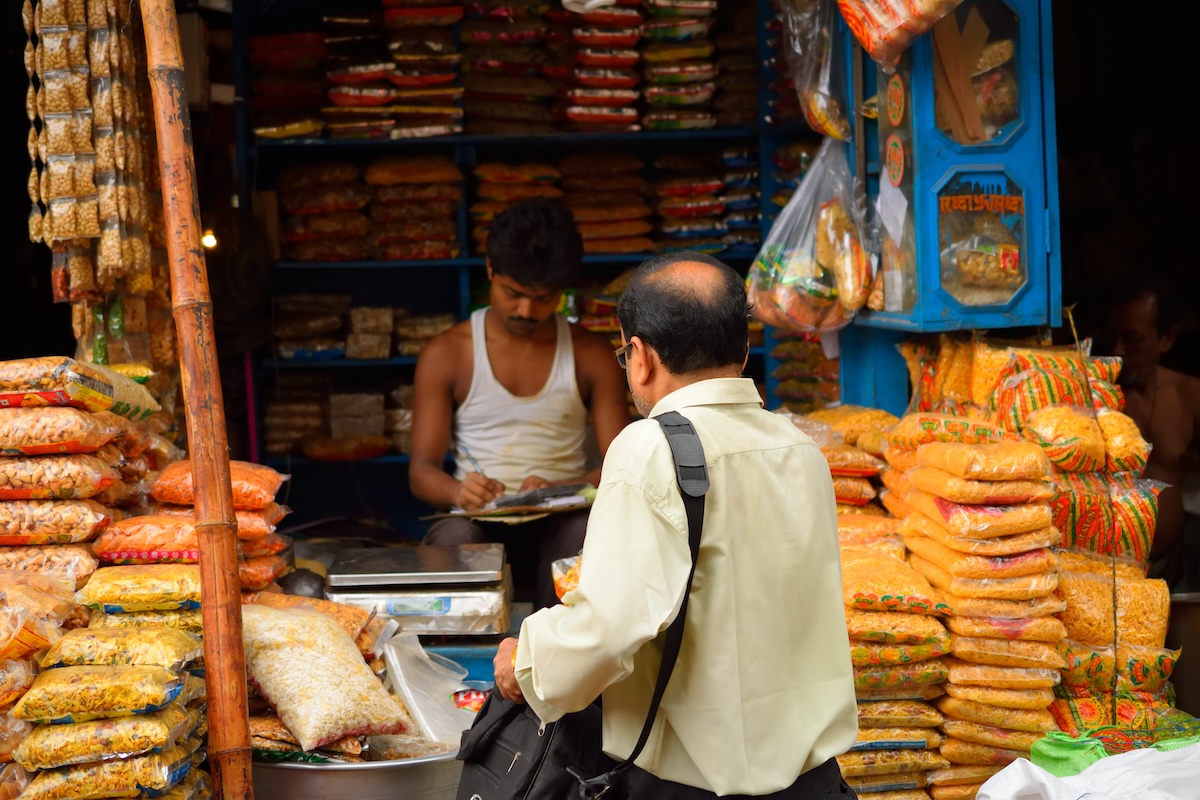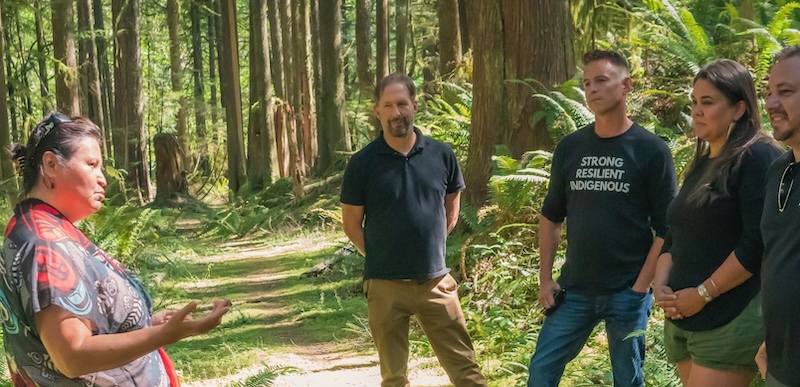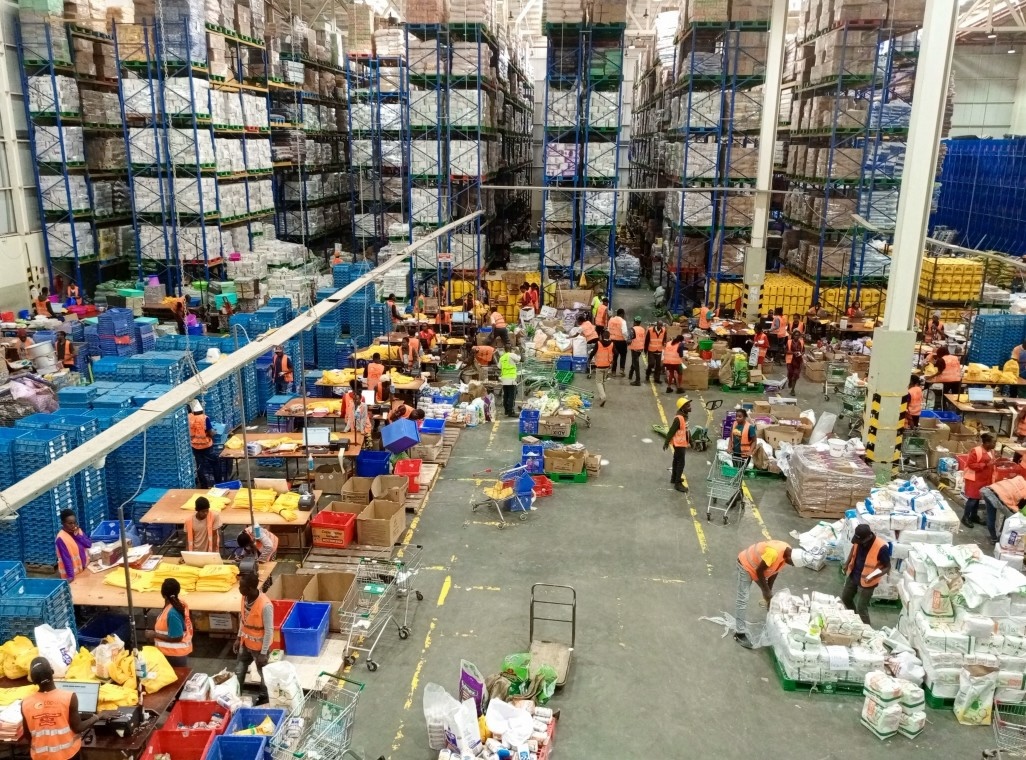Off-grid solar companies were once dependent on grants and highly-concessional capital to prove that low-income and energy-disconnected households make good and reliable business customers. Now early movers like Sun King are securitizing their customers’ payments to raise hundreds of millions of dollars, and banks and institutional investors are clamoring to invest.
“We see a lot of appetite from investors for these kinds of assets,” says Borja Garcia Fernandez of Citi Social Finance’s, which structured a $130 million securitized loan for Sun King last year. The deal drew backing from British International Investment and Stanbic Bank Kenya.
Zola, d.light and SolarNow have also raised debt by securitizing their energy customers’ payments. IIX raised more than $100 million in the latest issuance in its Women’s Livelihood Bond series. Microfinance and impact debt funders like responsAbility and BlueOrchard are finding demand for their products within more mainstream asset management firms.
There is, it turns out, a massive opportunity to invest in the global mass market, whether it’s through energy services, financial services, education, healthcare, housing, agriculture, logistics or other sectors.
Entrepreneurial households
More than half the global population lives on less than $7 per day. Their trillions of dollars in spending each year favors companies who design and deliver services that improve their lives and livelihoods and their families’ economic resilience and futures.
“This whole market is fast growing, and I don’t mean just in size, but in prosperity,” observes Jyostna Krishnan of Elevar Equity, which has been investing in services for low- and middle-income emerging market households since 2008. “The microfinance borrower from 20 years ago will no longer look like the person defined in CK Prahalad’s ‘Bottom of the Pyramid.’ That customer has put that loan to good use, built a business, had kids who have grown up and are contributing multiple sources of income. The good work that started 20 years ago in getting more capital into this segment has laid the grounds for a different market.”
Elevar, and its sister organization Enmasse, now use the term “entrepreneurial households” to define a customer segment that represents $8.8 trillion in annual spending in India alone. Such households typically generate multiple sources of revenue, rely both on formal and informal sources of financing, and are increasingly discerning about the products and services that meet both their daily needs and future goals.
The firm estimates that in 20 years, India’s nearly 250 million entrepreneurial households will represent more than $95 trillion in annual spending on life-improving services.
“I don’t think enough is said about the progress this segment has made,” says Krishnan. “It’s important to keep pace with that customer segment.”
Wake-up call
Elevar and impact investing peers like LeapFrog Investments, Accion, Goodwell, Alitheia, Vox Capital, as well as scores of local private fund managers, have for years consistently hammered on the message that there’s both money and impact to be made making emerging market households’ lives better and easier. LeapFrog, for example, launched its first fund during the 2008 financial crisis with a focus on “billions of consumers rising and emerging in Asia and Africa.” It has since raised more than $2 billion to invest in such consumers’ financial inclusion, health access and climate resilience.
“The world has four billion low-income people in it,” LeapFrog’s Andy Kuper told ImpactAlpha in a 2020 interview. “We have every reason to believe that the thesis of investing in companies serving emerging consumers is only going to amplify in the coming years, especially if you take the digital dimensions into account.” (Flashback: Read ImpactAlpha’s 2016 interview with Kuper on LeapFrog’s thesis.)
More mainstream investors are now catching on. Citi in 2021 rolled out a $1 billion bond for social impact projects in emerging markets with a goal of “expand[ing] access to essential services for 15 million households, including 10 million women, globally by 2025.” Its inaugural Social Finance Bond coincided with the institution’s decision to house its new Social Finance group under its banking division.
“It’s core to the business,” says Garcia Fernandez.
Citi Social Finance now supports the mobilization of billions of dollars of capital annually from institutional investors to businesses supporting financial and economic inclusion in emerging markets. The group transacted $3 billion last year.
Recognition of the opportunity is there, says Garcia Fernandez, but investors often don’t know how to access or underwrite such opportunities.
“In many cases, they don’t know the clients or know the country with the detail that we do,” he says. Citi Social Finance draws on its local-office expertise in 45 markets. “Investors know that Citi has teams on the ground doing their due diligence, so there’s a lot of comfort [with Citi’s deals], and you get that positive capital mobilization.”
Beyond necessities
Low-income, off-grid households spend more money on lighting and heating than connected households. Urban households with unreliable water access spend more on bottled water than piped households. Individuals send $670 billion annually to friends and family members in low-income countries, often paying hefty fees.
Technological innovations are helping consumers leapfrog to better services, like clean energy, mobile credit access, crop insurance and agri-insights—and delivering a swell of data on user behaviors and preferences.
“If you’re highly customer centric, and you’re working in a market of billions of customers rising, you’re going to be stickier with those customers,” noted Kuper.
“Stickiness” is also a key focus for Elevar and Enmasse, which estimate market opportunities based on a metric called “core transaction value,” or how much emerging market households spend on necessary but quality products and services. For businesses serving these households, focusing on “reach” and “access” are no longer good enough.
“There are alternatives springing up and customers will make choices,” says Krishnan. “The quality of the transaction will become extremely meaningful.”
This is an issue Accion is working to address with its new Digital Transformation Fund. The nonprofit impact investor last week closed the $152 million fund to be able to support traditional microfinance and rural finance institutions with digital upgrades that will help them catch up to the fintech wave and better serve hundreds of millions of customers. An investment in India-based Annapurna Finance, for example, will enable Annapurna to provide mobile emergency loans.
“Customers are looking for an economic opportunity to make their lives better and thus have more customer loyalty than customers in other markets,” observes Accion’s Abhishek Agrwal. Businesses supporting economic inclusion and resilience in underserved markets, he adds, “bring the size and ability to scale both the commercial returns and impact.”











